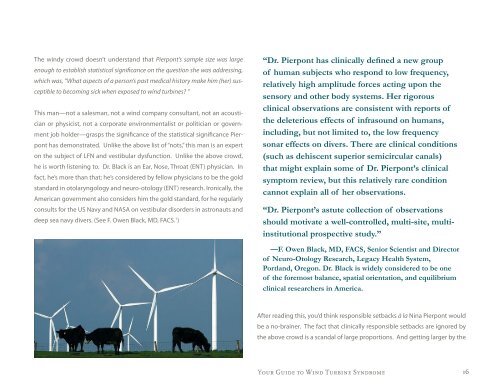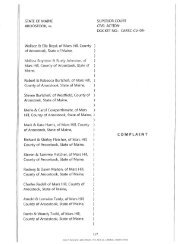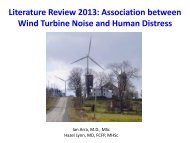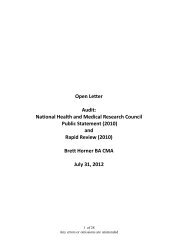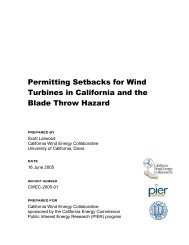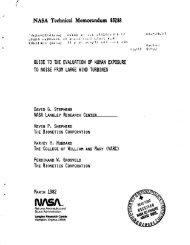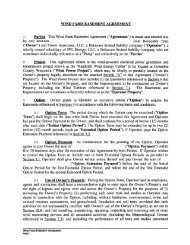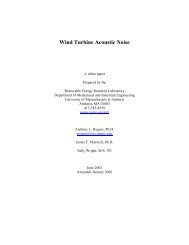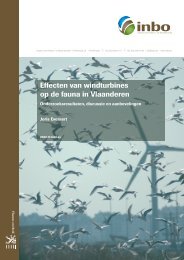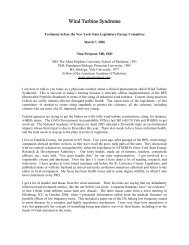Your Guide to Wind Turbine Syndrome - Wind Watch
Your Guide to Wind Turbine Syndrome - Wind Watch
Your Guide to Wind Turbine Syndrome - Wind Watch
Create successful ePaper yourself
Turn your PDF publications into a flip-book with our unique Google optimized e-Paper software.
The windy crowd doesn’t understand that Pierpont’s sample size was largeenough <strong>to</strong> establish statistical significance on the question she was addressing,which was, “What aspects of a person’s past medical his<strong>to</strong>ry make him (her) susceptible<strong>to</strong> becoming sick when exposed <strong>to</strong> wind turbines? ”This man—not a salesman, not a wind company consultant, not an acousticianor physicist, not a corporate environmentalist or politician or governmentjob holder—grasps the significance of the statistical significance Pierponthas demonstrated. Unlike the above list of “nots,” this man is an exper<strong>to</strong>n the subject of LFN and vestibular dysfunction. Unlike the above crowd,he is worth listening <strong>to</strong>. Dr. Black is an Ear, Nose, Throat (ENT) physician. Infact, he’s more than that; he’s considered by fellow physicians <strong>to</strong> be the goldstandard in o<strong>to</strong>laryngology and neuro-o<strong>to</strong>logy (ENT) research. Ironically, theAmerican government also considers him the gold standard, for he regularlyconsults for the US Navy and NASA on vestibular disorders in astronauts anddeep sea navy divers. (See F. Owen Black, MD, FACS. 1 )“Dr. Pierpont has clinically defined a new groupof human subjects who respond <strong>to</strong> low frequency,relatively high amplitude forces acting upon thesensory and other body systems. Her rigorousclinical observations are consistent with reports ofthe deleterious effects of infrasound on humans,including, but not limited <strong>to</strong>, the low frequencysonar effects on divers. There are clinical conditions(such as dehiscent superior semicircular canals)that might explain some of Dr. Pierpont’s clinicalsymp<strong>to</strong>m review, but this relatively rare conditioncannot explain all of her observations.“Dr. Pierpont’s astute collection of observationsshould motivate a well-controlled, multi-site, multiinstitutionalprospective study.”—F. Owen Black, MD, FACS, Senior Scientist and Direc<strong>to</strong>rof Neuro-O<strong>to</strong>logy Research, Legacy Health System,Portland, Oregon. Dr. Black is widely considered <strong>to</strong> be oneof the foremost balance, spatial orientation, and equilibriumclinical researchers in America.After reading this, you’d think responsible setbacks à la Nina Pierpont wouldbe a no-brainer. The fact that clinically responsible setbacks are ignored bythe above crowd is a scandal of large proportions. And getting larger by the<strong>Your</strong> <strong>Guide</strong> <strong>to</strong> <strong>Wind</strong> <strong>Turbine</strong> <strong>Syndrome</strong> 16


